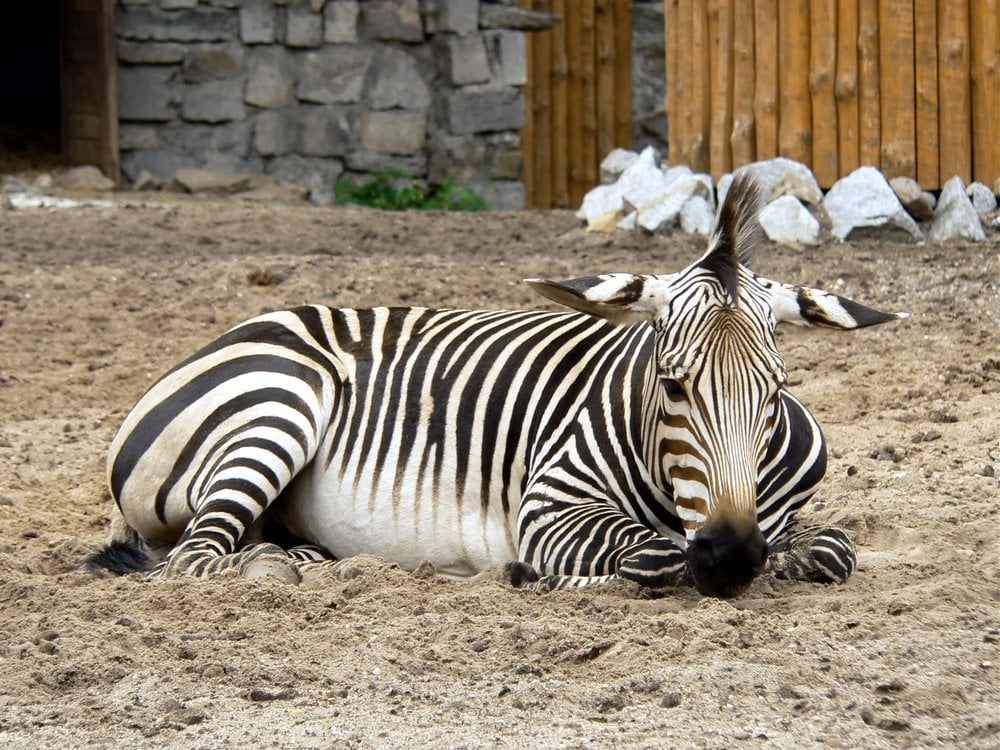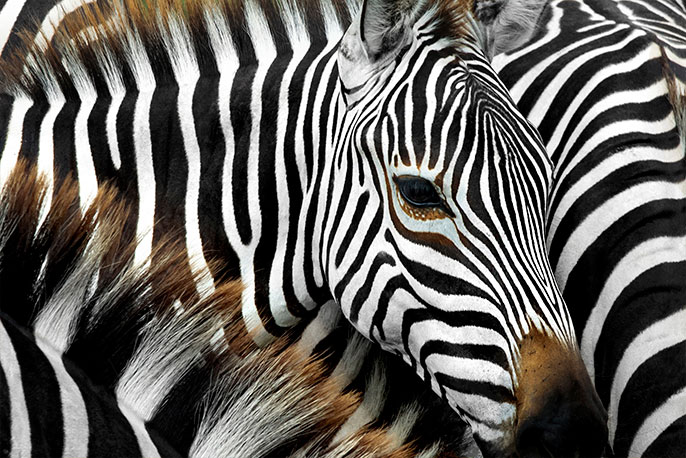
In recent years, scientists have noticed more plains zebras with odd patterns on their coats, the most recent being a spotted foal in Kenya’s Maasai Mara National Park. But these stripes are not the certainty they once were.
Zebra stripes skin#
Zebras coats gain their color from the transfer of melanin from skin cells - the black stripes have melanin, whereas the white fur has none. It’s the pattern of stripes, vocalization, and scent that a baby zebra imprints on and uses to recognize their mother. Stripes are the unique identifier that humans and zebras use to distinguish between individual zebras, no two the same. The pattern develops in the eighth month of embryonic development, they’re born with brown streaks that darken to black with age. Despite living in areas of high fly activity zebras are not commonly targeted by these species, allowing them to avoid injury and diseases spread by these insects. When the horses were placed in striped coats, the flies landed less often. Experiments placed zebras and uniformly colored horses in similar enclosures, and though the flies circled and touched at similar rates, they landed on the horses far more often. The most promising theory though is that of protection from biting flies. Many theories have been proposed for the purpose of their iconic black and white stripes: camouflage, predator confusion, social recognition, thermoregulation.

Why the zebra has its stripes is a question biologists have been puzzling over more than a century now. Terry is passionate about storytelling and its crucial role i.

She helps to develop and write articles for AWF’s publications like the Travel Africa magazine, and other print marketing products such as the annual report. Terry Mukera is African Wildlife Foundation's Editorial Associate.


 0 kommentar(er)
0 kommentar(er)
